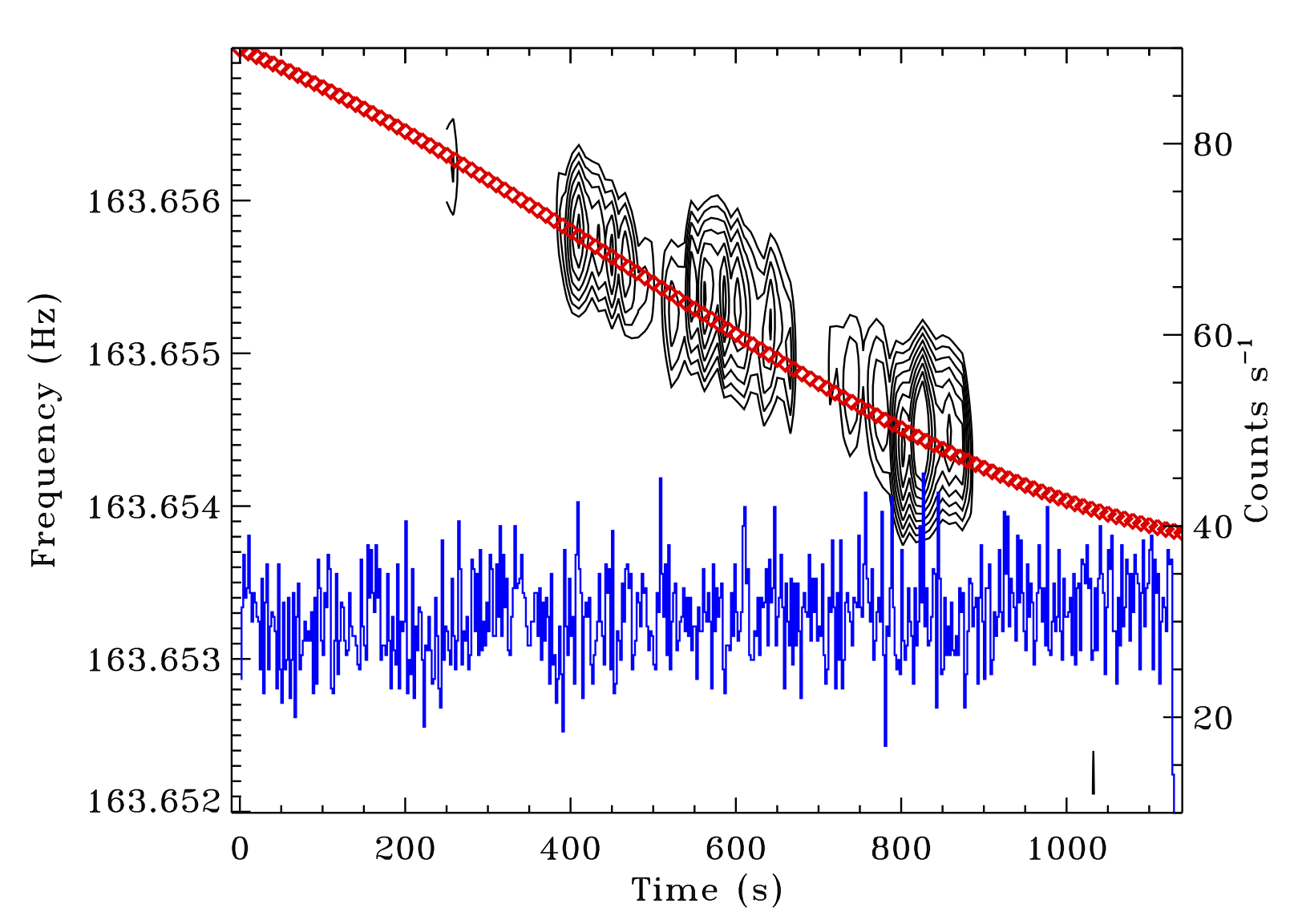NICER / ISS Science Nugget for October 27, 2017NICER Helps Determine Orbit of Newly-discovered Neutron StarIGR J17062-6143 (J1706, for short) is the most recently discovered neutron star comprising the class of accreting millisecond X-ray pulsars (MXPs). These systems are fast-spinning neutron stars orbiting a low-mass companion star; the neutron star in J1706 is spinning at almost 164 revolutions per second. MXPs typically have very compact orbits – the two stars can be closer together than the Earth and Moon. The companion stars are also extreme, having only a fraction of the mass they were born with, after being "whittled away" by the strong X-ray emission from the neutron star. Matter stripped off of the companion flows through an accretion disk and is eventually channeled onto the neutron star, forming a bright, X-ray-emitting hot spot. As the star rotates, the hot spot appears as flashes of X-rays that NICER can precisely measure. MXPs are of great interest because observing neutron stars in such a binary system can provide a means to accurately weigh the neutron star, that is, determine its mass, a key measurement for NICER. Observations of J1706 with NICER are allowing us to accurately measure the orbital parameters of this system for the first time. This is illustrated in the accompanying figure. The blue trace shows the X-ray count rate (right vertical axis) from J1706 measured by NICER during one ISS orbit. The contours (black) indicate the X-ray pulse frequency (left vertical axis) measured by NICER, and show that the frequency was decreasing with time. This change in observed frequency is caused by the Doppler effect produced by the neutron star's orbital motion. Just as a police officer can catch speeding motorists using a "radar gun" employing the Doppler effect, NICER uses it to measure how fast the neutron star moves around its binary companion. The red curve shows the predicted change in frequency that would be produced if the neutron star were moving in a circular orbit with a period of 57 minutes. NICER caught this neutron star speeding away from us at almost 4 km/sec.
Further study will map out the details of this neutron star's orbital motion, and perhaps eventually enable a measurement of its mass. NICER
|



